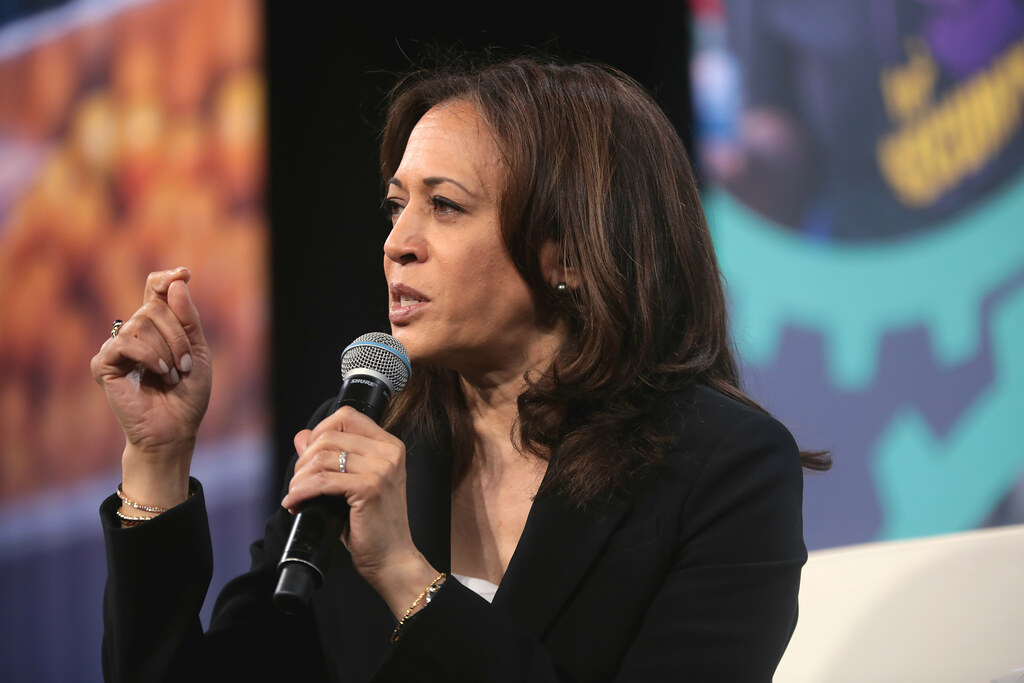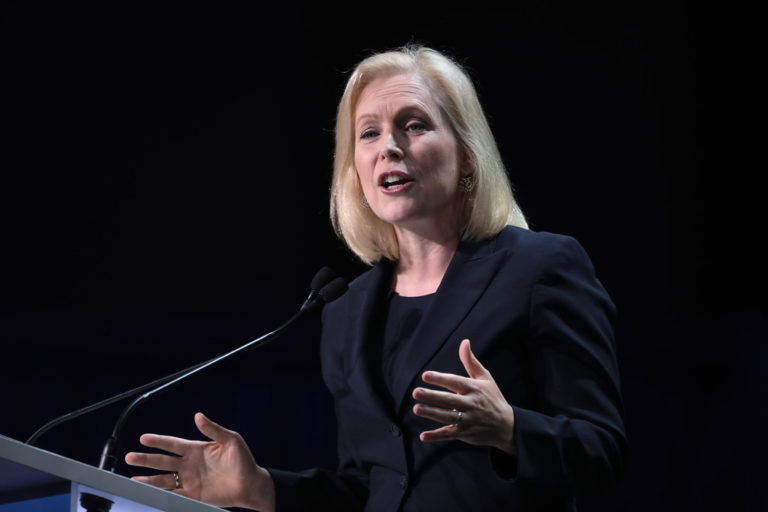Yesterday, Senator Kirsten Gillibrand of New York became the first women to drop out…
Kamala Harris has exited the race. Here are three things to keep in mind.

Today, Kamala Harris announced the end of her presidential bid, making her the second woman after Kirsten Gillibrand to exit the 2020 race. She was the only Black woman in the race, and the only person of color (so far) to qualify for the upcoming December debate. The Democratic primary race started with six women, shattering records, with each woman bringing her own unique background and platform to the campaign trail. With Senator Harris’s departure, and four women still left in the running, here’s what we’re keeping in mind:
Embracing the ability to be a 360-degree candidate is key.
In the 2018 race, we saw a surge of “360-degree” women candidates. This means that women were running as their authentic selves, sharing personal stories and connecting directly with voters. This is something Senator Harris, in particular, excelled at in this race, from her famous “that little girl was me” debate moment and discussing her experience growing up as a Black woman in the US; to swapping stories about her Indian roots in the kitchen with Mindy Kaling. Gender on the Ballot research shows that being in touch with voters’ lives is the #1 indicator of electability for voters, which is why we expect to see more 360-degree moments on the campaign trial from the remaining women in the race.
Qualifications and ethics are still at play.
Barbara Lee Family Foundation research shows that it is essential for women candidates to prove to voters that they are qualified to lead. Women have to work harder than men to prove their qualifications because voters start out assuming men are qualified and don’t extend that same courtesy to women. This was a major theme we saw across the 2020 Democratic debates and on the campaign trail. Because of this, arguments against a woman’s qualifications are often used to undercut them, and that matters more for women than it does for men. For Senator Harris, this became a hurdle for her campaign, as voters questioned her background as a prosecutor, and dug into any perceived dissonance between her past work and her presidential platform. This hurdle is directly related back to the ethical pedestal – voters hold women to a higher ethical standard, and penalize them for even potential infractions. Any mistakes on the campaign trail, even small ones, can be difficult to overcome because voters punish women for what they perceive to be “on-the-job” learning.
Race and gender cannot be discounted when discussing Senator Harris’s run.
As a Black woman running for an executive leadership position, Senator Harris faced biases that her fellow candidates did not. Across US history, the norm in politics has meant three things: straight, white, and male. Change one of those characteristics – “male” to “female” – and Barbara Lee Family Foundation research has consistently shown that the candidate suddenly has additional hurdles on the path to public office. Change two of those characteristics and the path can become even more challenging. Women candidates for executive office, particularly women of color, don’t just face double standards, they often have to run dual campaigns: “a campaign of belief,” to convince voters and donors they can win and another to prove they should. When looking back on Senator Harris’s campaign, it’s vital that we factor in the additional hurdles she faced, and hope that her presidential run helped break down some of those barriers for the women of color who run in the future.






